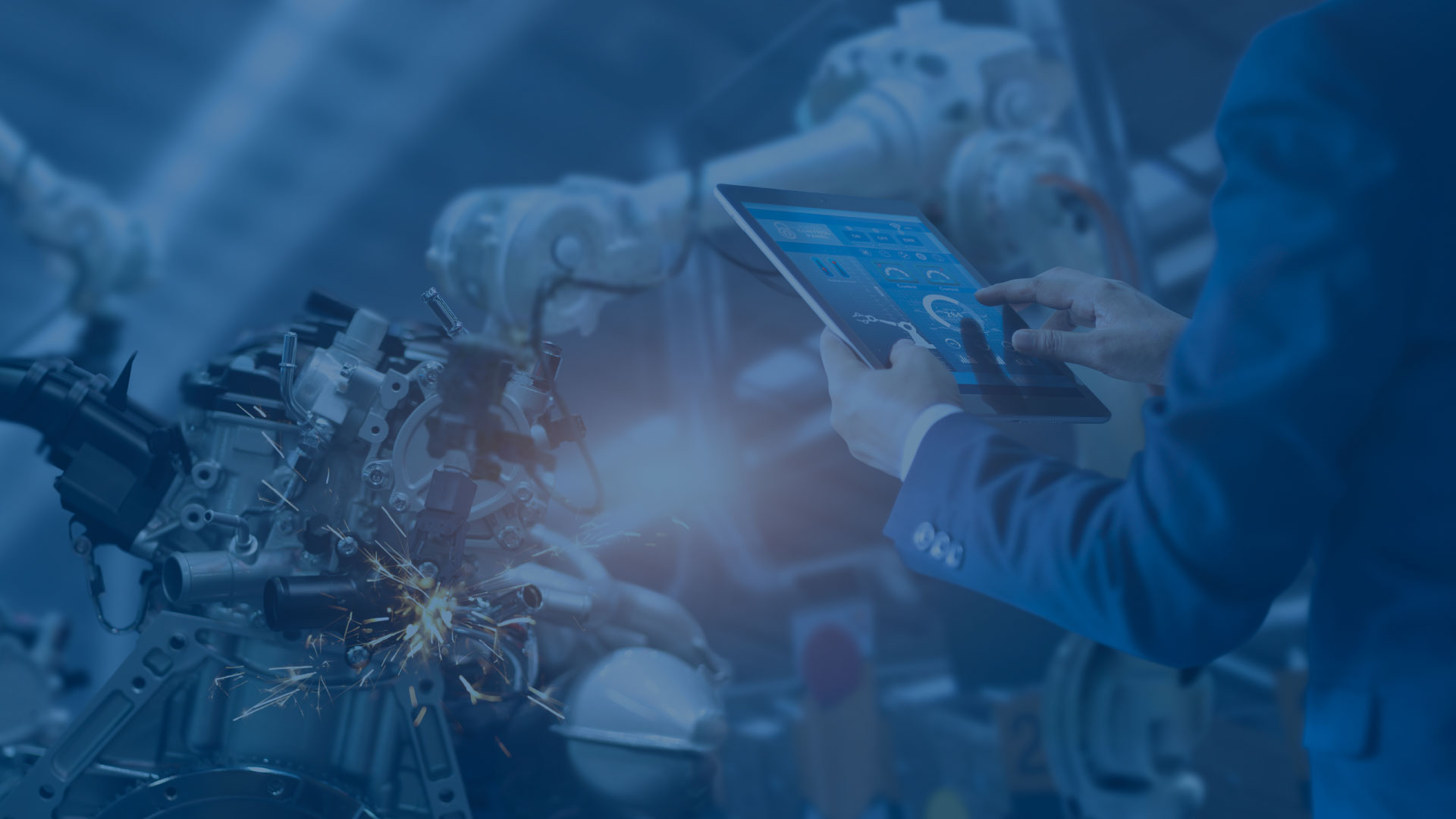Thought Leadership article
When the cloud connects industry and business
The pandemic is forcing industrial firms to become more agile and flexible. With the winning combination of the cloud and the IoT they can meet this challenge by improving data flow and enablement both within and outside factories, opening up the way to optimized production management. Christophe Creuseveau, Cloud Business Excellence Director explains everything !
As in other business sectors, COVID-19 has changed the world of industry. For at least the first few months of the pandemic spare parts and raw materials supply chains were disrupted, while demand from end customers fluctuated significantly. This crisis reminded industrial firms how much more agile and flexible they needed to be.
Once again, digital technologies – and specifically the combination of the cloud and the internet of things (IoT) – can provide this resilience. This winning pair is behind a large number of use cases, for example reinforcing health protocols, where an infrared camera combined with a computer vision module ensures that operators comply with social distancing requirements.
Combining the cloud with the IoT is also expanding the work-at-home population beyond just administrative or design office staff. For example, an expert wearing augmented reality glasses can support on-site maintenance teams.
The need for convergence of OT and IT
The pandemic has also highlighted the need to decompartmentalize expert systems and the information system which provides innovative services: in other words, the need for convergence of OT (Operational Technology) and IT (Information Technology). Data collected from connected devices must be used not only to drive operational excellence but also for business purposes.
In most industries, production systems such as production management software (manufacturing execution systems or MES) already interact with traditional systems, such as ERP or CRM. However, information flows can still be erratic and slow, and continue to be very compartmentalized. Implementing a well thought-out solution based on the IoT and making effective use of data encourages interoperability between systems that currently work in isolation. This means first of all vertical interoperability between production equipment and information systems, typically an ERP, but it also involves horizontal interoperability, which can be from suppliers right through to customers.
Overall, real-time supervision of production, based on predictive modeling using artificial intelligence, helps prevent such issues as stock shortages.
Predictive maintenance and quality control
Digitalization helps build a closer relationship with end customers, who want more customized products. It is increasingly common to be able to select the composition or configuration of a future purchase on an e-commerce site. Industrial firms must therefore adapt their production lines to new consumer demands, as well as deliver more and more natively connected products. They can improve user experience and offer new services associated with their products, and find out how their products are used. Feedback allows them to make any necessary improvements to future versions.
At an operational level, the cloud + IoT combination enables optimum configuration of a device’s operating parameters through a detailed understanding of how it works. It also opens up predictive maintenance, which involves anticipating malfunctions before they happen and thus limiting production downtime.
Maintenance technicians are alerted and can go to the site with just a tablet or smart glasses – a much better option than large quantities of paper documentation. Computer vision used for quality control will pick up smaller defects in a part than visual inspection, reducing the number of rejects.
However, the cost of the cloud can be prohibitive, for example when streaming video files. This is when the concept of edge computing can take over. By processing data locally, this mini-cloud meets requirements for latency and security. It is a standalone system which continues to process data even when offline, preventing any service interruptions, and then synchronizes with the cloud.
Moving from Proof of Concept to Proof of Value
The Germans, who invented the term Industry 4.0, are one step ahead of us in this digital transformation. In France, the Factory of the Future concept has mainly been adopted by the major manufacturers in the automotive and aeronautical industries, which are already at the cutting edge in terms of robotics and automation.
Other sectors have realized the value of this approach but are still struggling with a shortage of in-house skills and issues around governance. It is often very tempting to start more and more projects without any coherent overall strategy, or identify the ultimate solution from the outset.
More pragmatically, it is very often appropriate to build or purchase a technical platform on which use cases can be based, trying to share developments and capitalize on existing technological building blocks, and making use of new technologies or new building blocks offered by cloud providers. The issue is no longer knowing whether something can be achieved technically, via Proofs of Concept, but creating value quickly, via Proofs of Value.
There are, of course, still some obstacles to be overcome, including the disparity of communication protocols for devices. Standards such as the OPC-UA protocol are emerging and becoming established, but some equipment still remains from which data must be collected in order to utilize it fully. There is no doubt that the connectivity issues will be totally resolved over time. The IoT projects we were able to implement five or six years ago are already data projects – and will continue to be so.
Contact us to discuss the digital transformation of your factories !


